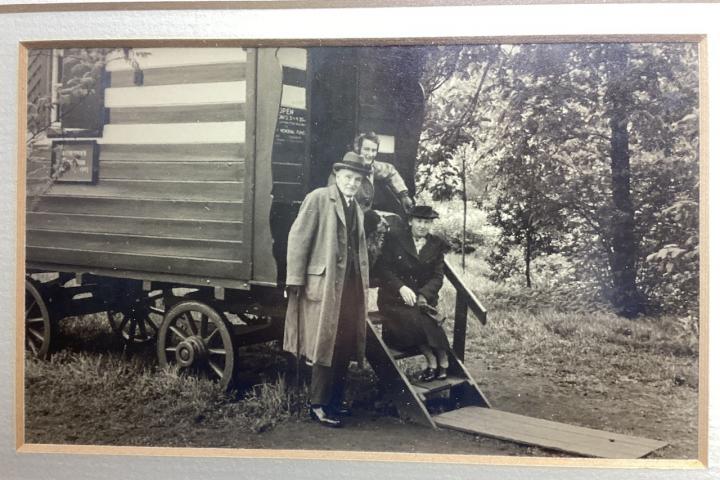
Whilst taking part in a walk around Lindow Moss in February, led by Emeritus Professor John Handley OBE of the University of Manchester, a conversation regarding the removal of Romany's caravan from Wilmslow led to the discovery of a photo of the Vardo - part of the town's heritage.
Chris Williams, of Adlington, told Olive Ambrose, of The Romany Society about a photograph he had (shown above) of his grandmother sitting on its steps, with his mother and grandfather at her side in what he thinks was around 1946-8.
Olive Ambrose said "This is a valuable item as there has always been a mystery of how the Vardo got to Wilmslow after Romany died in 1943 and how it was brought (by what means? surely not horse drawn?) to stand outside the family home in Parkway, eventually moving forward to what officially became the Romany Memorial Garden in 1950. Correspondence or records on the matter doesn't seem to exist."
Former Wilmslow resident, the Reverend G Bramwell Evens, under the pseudonym Romany, was a British radio broadcaster and writer on countryside and natural history matters – quite possibly the first to broadcast on such issues.
Romany and his wife Eunice chose Wilmslow for their retirement home and after his unexpected death in 1943 Eunice had their caravan, a beloved holiday home, brought to Wilmslow and placed opposite their Parkway house. After 5 years of planning and fundraising the Romany Memorial Garden was formally opened and the Vardo was relocated there, where it remained until it was sent to Bradford Industrial Museum in November 2012.
The Romany Society are hoping that the above photo might prompt local people to discover old references that could be interesting.
Please do let us know via the comment box below if you have any historic cuttings or photographs relating to Romany's Caravan which you would allow to be added to The Romany Society's archive.
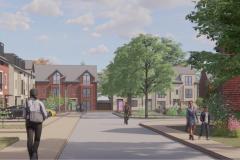
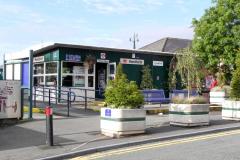
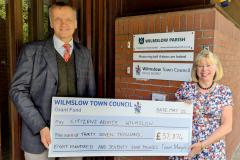


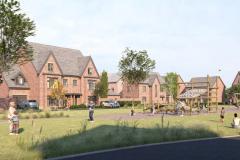
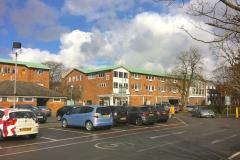
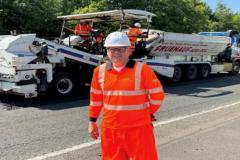
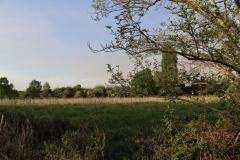

Comments
Here's what readers have had to say so far. Why not add your thoughts below.
I, for one, would like to see the vardo returned to Wilmslow for display in a dedicated, enclosere; perhaps located on the corner of land, along Alderley Road, next to the recently renovated former vicarage stables by the BP filling station.